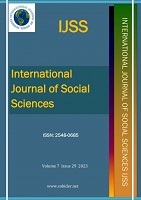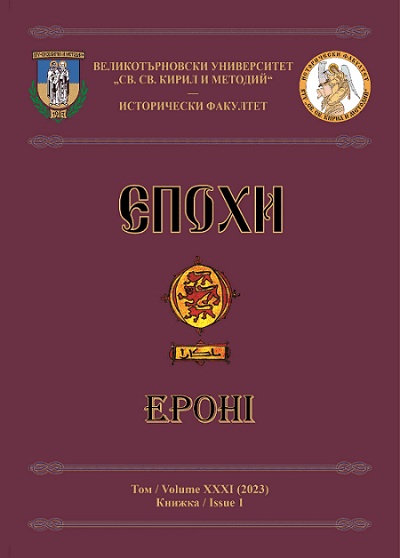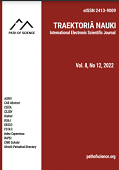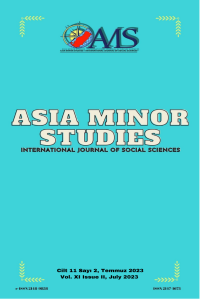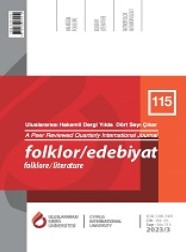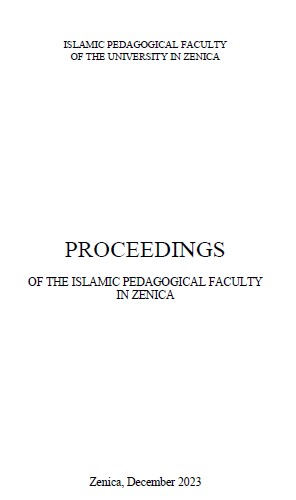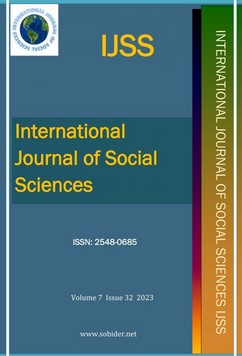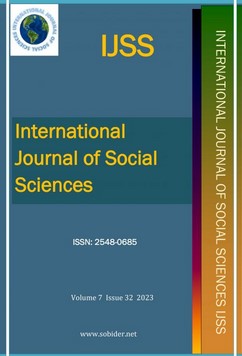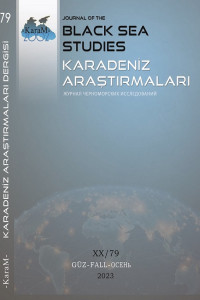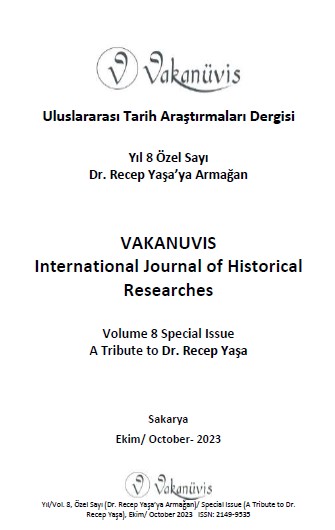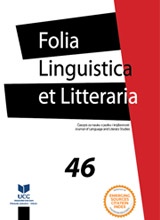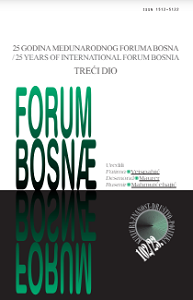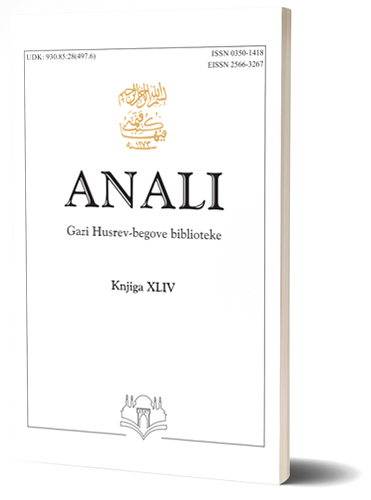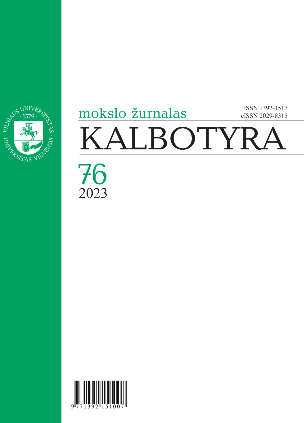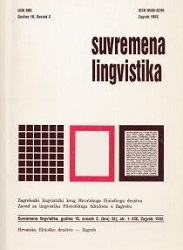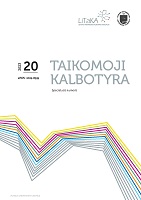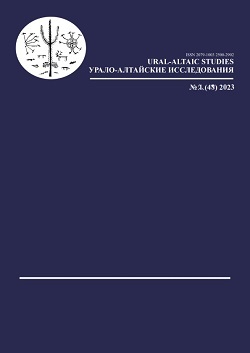
Метафорические модели в медицинской терминологии татарского языка
The article describes the models of metaphors in the medical terminology of the Tatar language. Metaphorization is one of the ways how medical terms are formed, and it has its own specific properties in the scientific language. The formation of metaphorical terms follows certain models, which can be divided according to denotative and significative descriptors. The study focuses on 1126 metaphors, among which 425 are metaphors according to the denotative descriptor, and 701 are metaphors according to the significative descriptor. The metaphors under analysis were selected from dictionaries using the method of continuous sampling. As part of the study, 4 metaphorical models were identified according to the denotative descriptor, and 27, according to the significative descriptor. Within each metaphorical model, metaphors are distributed according to the concepts of “health / norm”, “illness / pathology”, “medical instruments / devices”, “pharmacy”. The study calculates the ratio of metaphors to models and thus identifies the most productive and the least productive models; within each model, the ratio of concepts is determined, which makes it possible to trace how anatomical objects are represented as Earth surfaces, plant organs etc., and diseases as animal behavior etc. The article also compares the medical metaphors in the Tatar language with such units in the Russian language in terms of productivity and the ratio of concepts; furthermore, it indicates how loan-translation terms from the Russian language relate to the native Tatar metaphors. As a result, the study reveals full cross-language equivalents, as well as metaphorical terms that function only in one language and reflect the national worldview of by the Tatar people and metaphors that express different aspects of one concept in the Tatar and Russian languages.
More...
